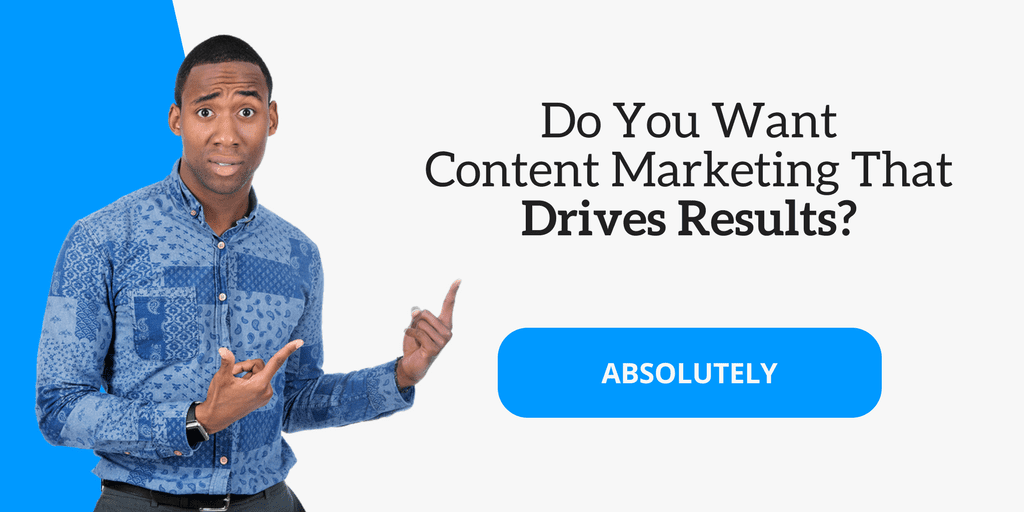One of the most powerful elements of LinkedIn are the connections you’ve made with people and the relationships you maintain. The more people you’re connected to on LinkedIn, the better the chances for your content to reach people outside of your network.
That might seem obvious.
But what if I told you that there was a little bit of special sauce behind the scenes also contributing to the likelihood of your content reaching new people? Would you be interested in learning more about it?
Well, today’s your lucky day… In this blog post, I’m going to break down some of the latest insights and ideas that I’ve learned from studying some of the documentation put out by the LinkedIn Engineering team.
Let’s get to it…
Of the 500 million total LinkedIn users and 250 million monthly active users, only 3 million share content on a weekly basis – just a touch over 1% of monthly users.
LinkedIn has implemented a four step process for content distribution across its network as a way to reduce the chances of spam or inappropriate content.
Understanding the steps that LinkedIn takes before reducing (or amplifying) your contents’ reach is an important part of using LinkedIn as a channel for content marketing.
The first step in their process happens during the moment you publish the content on your account. In a blog post describing the strategies used to keep the newsfeed relevant, Director of Engineering, Rushi Bhatt explained:
Our online and nearline classifiers label every image, text, or long form post as “spam,” “low-quality,” or “clear” in near real time.
Once the content goes through this initial filter, it’s met by an initial sample of users who influence the likelihood of the contents’ reach with likes, views, hides and flags. At that point, the content is then scored from a quality perspective before being passed along to human editors who determine whether or not the content should continue to be displayed or be demoted.
That’s right!
Your content is essentially being served up to a SMALL batch of people who you’re connect to as a test and if those people ENGAGE, it’s then passed along to Editors (Real People) to determine whether it should continue to be shown to the masses.
This is the process referenced on the LinkedIn engineering blog:
Summarized, the process for determining what shows up in the LinkedIn feed is this:
- Content is classified as Image/Text/Video/Long Form/Link.
- Depending on the classification, content is then distributed to a sample size of people.
- Once placed in front of these people, different actions have different weights to determine whether the post should be either (1) demoted because it’s low quality or (2) shown to more people because it’s high quality.
- Editors review the content to see if it’s worth distributing beyond that users’ network.
Understanding this framework should help you understand why so many people who once had thousands of likes on their posts are now complaining that they are only generating a handful. It’s because the tactics and strategies that they were using are now being classified as low quality content.
So how can you create content for LinkedIn that actually generates results?
I’d love to hearing some of the experiences you’ve had on LinkedIn and whether or not you’re seeing any trends leading to better content. Drop a comment and while you’re at it, let’s connect on LinkedIn!


